Iraq Situation Report: July 31, 2014
Jul 31, 2014 - Anonymous (not verified)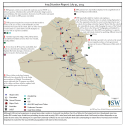
Although ISIS has had experience in governing urban centers in Syria and Iraq before, the City of Mosul is the largest and most developed area now under ISIS control now.

Although ISIS has had experience in governing urban centers in Syria and Iraq before, the City of Mosul is the largest and most developed area now under ISIS control now.
by Jessica D. Lewis
Many have asked what needs to be done about the Islamic State of Iraq and al-Sham (ISIS), the terrorist organization that recently took control of Mosul, Iraq’s second largest city. Questions range from the acceptability of airstrikes and the viability of a national unity government in Iraq to the feasibility of a counter-offensive that depends upon the remaining capacity of the Iraq Security Forces. These are important and worthy questions, and timely, because ISIS is growing stronger. But these questions preempt the rigorous analysis that is required in order to determine what the U.S. should do about ISIS and why.
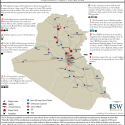
ISIS is aiming to establish normalcy in areas where it has control in Iraq. Hosting fairs and Eid celebrations represents an attempt to show the “friendly” side of ISIS, publicizing recreational activities rather than an oppressive state.

ISIS continued to challenge the Peshmerga near Sinjar, although these are not major operations and do not demonstrate a desire to control Sinjar.

On June 24, ISW assessed that the area of Udhaim was cleared by the ISF and Iraqi Shi’a militias. On July 28, however, the Defense Ministry announced the start of an operation that has thus far cleared three villages and remains ongoing. The operation appears to be prompted by an increasing number of clashes and IEDs emplaced in the city, which indicates a level of ISIS access to the area that challenges full ISF control.
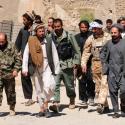
The Taliban’s annual summer offensive in Afghanistan in 2014 can be characterized by waves of violence across the country and, in particular, a string of attacks ringing the capital, Kabul. The attacks appear mainly to target Afghanistan’s infrastructure, particularly its airports.
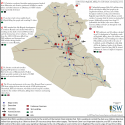
Reports that ISIS is sending reinforcements to the vicinity of the Hamrin Dam indicate that ISIS is seeking to control the dam as a military objective rather than pursuing it as a feint to divert ISF resources away from other targets.
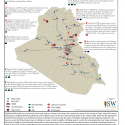
Significant ISIS attacks occurred in the north, west, and east of Iraq.

ISW is placing a watch on Hit as an area that ISIS likely desires to control.
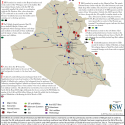
ISIS efforts to control critical infrastructural like the Hamrin Dam is worrisome, as ISIS has previously utilized control over the Fallujah dam to counter the ISF and prevent water supplies from reaching southern Iraq.